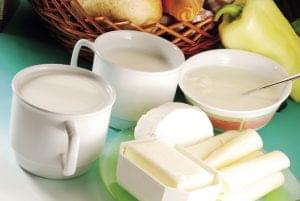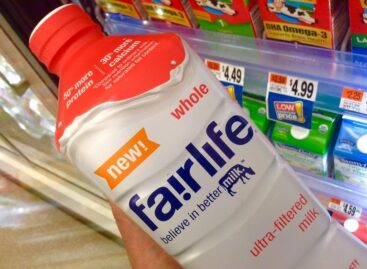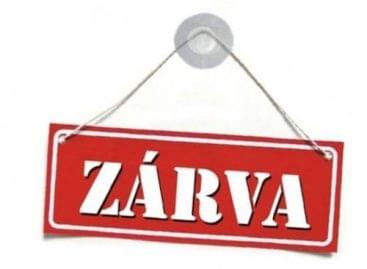Dairy market turns from supply-driven to demand-driven
Zoltán Harcz, managing director of the Dairy Board informed us that the number of dairy cows increased by 1 percent in 2017. Milk production had been growing at the beginning of the year – it even surpassed the record level of 2016 – but a negative trend prevailed from the 2nd quarter of 2016. While back in 2016 HUF 60 billion worth of funding was available for dairy farmers, in 2017 they can only get money from a HUF 50-billion budget. Hungary exported about the same quantity of milk as last year, our cheese export rose 30 percent, and the yogurt and kefir export jumped 200 percent.

Zoltán Harcz
managing director
Dairy Board

Domestic sales of the main dairy products didn’t develop well in 2017. Milk sales – the bulk of which was 1.5-percent fat UHT milk – dropped a considerable 12 percent. In 2017 Trappist cheese sales were similar to their 2016 performance. In the years of economic recession dairy farmers in the European Union needed to cope with a supply-driven market, which led to overproduction and a drop in raw milk’s price. This made many farmers go out of business and when the recession was over, the market felt this. In early 2017 raw milk supply decreased significantly in the European Union. According to a ruling of the European Court of Justice (14 June 2017), purely vegetable-based products can’t be marketed as ‘milk’, ‘cream’, ‘butter’, etc. The Dairy Board will do everything to stop communication by product manufacturers that doesn’t comply with this decision and deceives consumers.
The Milk Interbranch Organisation and Dairy Board has a Collective Marketing Fund, the objective of which is to persuade consumers to buy more dairy products, and to do it more frequently and consciously. In the 2017 Olympic medallist swimmers and a footballer from the Hungarian national team were the ‘milk ambassadors’. //
Related news
Coca-Cola waiting to innovate in dairy
🎧 Hallgasd a cikket: Lejátszás Szünet Folytatás Leállítás Nyelv: Auto…
Read more >Turning point in the dairy sector
🎧 Hallgasd a cikket: Lejátszás Szünet Folytatás Leállítás Nyelv: Auto…
Read more >NGM: another step to strengthen the Hungarian dairy sector
🎧 Hallgasd a cikket: Lejátszás Szünet Folytatás Leállítás Nyelv: Auto…
Read more >Related news
Hungarian Product is 20 years old – a reliable compass in the domestic FMCG sector
🎧 Hallgasd a cikket: Lejátszás Szünet Folytatás Leállítás Nyelv: Auto…
Read more >KPMG CEO Outlook 2025: replanned trust
🎧 Hallgasd a cikket: Lejátszás Szünet Folytatás Leállítás Nyelv: Auto…
Read more >Sunday lockdowns may return in Europe
🎧 Hallgasd a cikket: Lejátszás Szünet Folytatás Leállítás Nyelv: Auto…
Read more >






